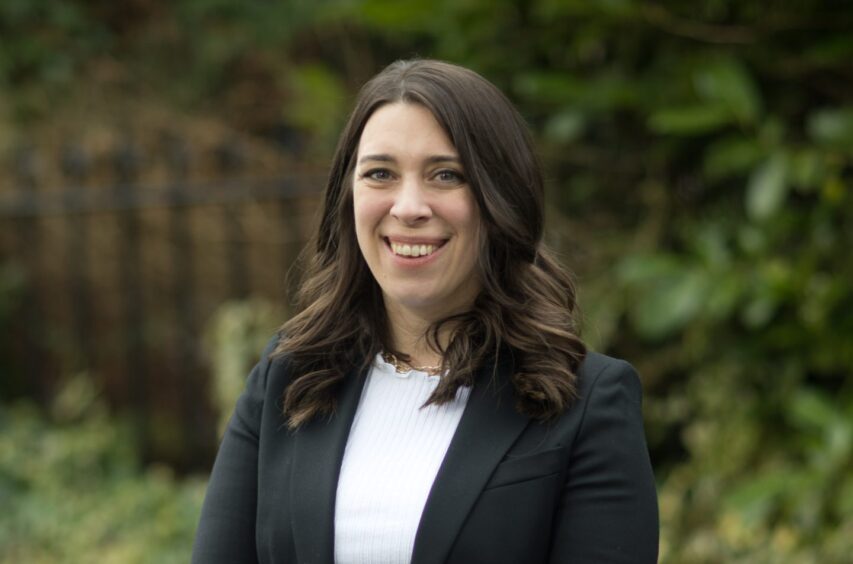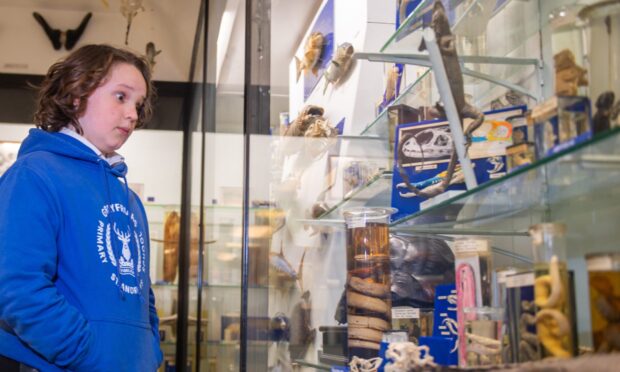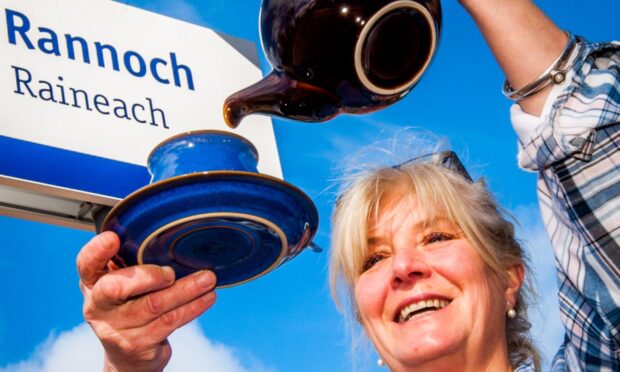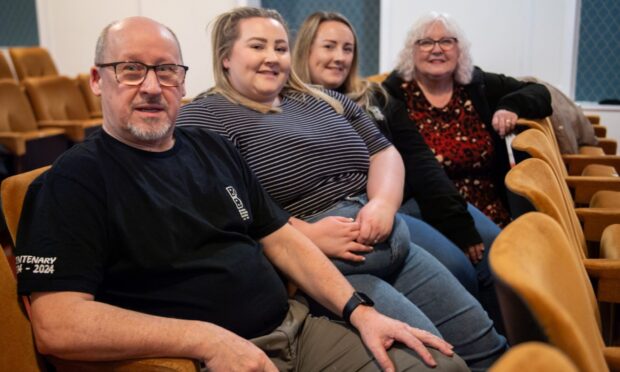Caroline Mackintosh, a partner at Lindsays in Perth, believes the anticipated expense of separation alongside the impact of rising bills is causing many to put the brakes on ending their relationship, impinging on their happiness and wellbeing.
-
Some Courier online content is funded by outside parties. The revenue from this helps to sustain our independent news gathering. You will always know if you are reading paid-for material as it will be clearly labelled as “Partnership” on the site and on social media channels,
This can take two different forms.
“Presented by”
This means the content has been paid for and produced by the named advertiser.
“In partnership with”
This means the content has been paid for and approved by the named advertiser but written and edited by our own commercial content team.
The fear of supporting two separate households at a time of wider continued economic uncertainty, legal fees, high interest rates and the cost-of-living crisis are all factors influencing the decisions of unhappy couples.
But, for those who have decided that separation is best for them and their families, Caroline advises that one of the most practical ways in which to minimise costs is for couples to talk to each other and reach as much of an agreement as possible themselves.
Caroline said: “It’s important that couples who want to separate can. The best way for them to do that, without adding further financial strain, is to obtain advice on possible parameters of settlement and the practical constraints which may apply. Then, I’d suggest they try and reach as much of an agreement as they can themselves before bringing lawyers in.”
Divorce is sometimes for the best
“No-one likes to see a marriage come to an end. For some, however, divorce is the best course for them,” added Caroline, who recently joined the Family Law team at Lindsays after almost four years as a solicitor with the Scottish Government.
Caroline continued: “The break-up of a relationship is an uncertain time. Unfortunately, rising living costs have added another layer of uncertainty which we know is causing concern among people considering their next step.
“No one would wish for anyone to feel as though they are trapped in an unhappy marriage. That can be more damaging for their personal health and wellbeing, as well as for any children of the relationship.”
How to avoid ending up in court
While all cases are unique, financial arrangements are generally where couples find they need professional guidance.
Interestingly, Lindsays say those who reach the most workable agreements are those who manage to avoid the courtroom.
“The more certainty you can bring to your situation, the better,” Caroline explained. “If you can come to an amicable, negotiated agreement, it means that you can tailor the solution to fit your individual circumstances. That gives you much more control over events than if you were in the hands of a court, where a decision can simply be imposed.”
A process known as collaborative law, widely credited with helping people to secure matrimonial assets more fairly, is also becoming increasingly common and is encouraged by Lindsays in appropriate cases.
This involves lawyers, and other experts including financial advisors and family consultants where necessary, talking with couples in an attempt to resolve more challenging issues.
Caroline, a trained collaborative lawyer, said: “For example, if there are emotional hotspots causing a blockage to sensible financial negotiation, this gives a forum for these to be aired, recognised and dealt with so that things can move on.
“Working by negotiation you can be creative, taking account of circumstances such as tax implications and the practicalities of implementing an agreement. It’s ultimately better, and more cost-effective, for everyone.”
As the collaborative process involves a specially-trained lawyer, financial advisor and family consultant working together, couples can also avoid both paying their own experts separately.
Lindsays in Tayside
Lindsays is well established in the Tayside legal market through its team based in Dundee. The firm expanded its presence in the region by adding offices in Perth and Crieff last year following a merger with Miller Hendry. The firm are now working with more local people and businesses than ever.
Caroline is the first new partner to be appointed in Perth since the move – and she has found herself in familiar surroundings. Caroline worked in the very same offices as an assistant solicitor at Miller Hendry almost a decade ago.
She said: “I am delighted to have joined Lindsays as a partner and to be back at work in Perth and at the coalface of family law, alongside some familiar faces.”
Caroline advises on all aspects of family and child law, including divorce and separation, contact and residence, as well as cohabitation agreements, prenups, postnups and adoption.
Where can I get more advice?
Caroline Mackintosh can be contacted by emailing carolinemackintosh@lindsays.co.uk or calling 01738 564744. Family law advice is also available at www.lindsays.co.uk.
Lindsays works with organisations including Consensus Scotland and CALM Scotland to offer relationship and mediation advice. For more details go to www.consensus-scotland.com and www.calmscotland.co.uk.












